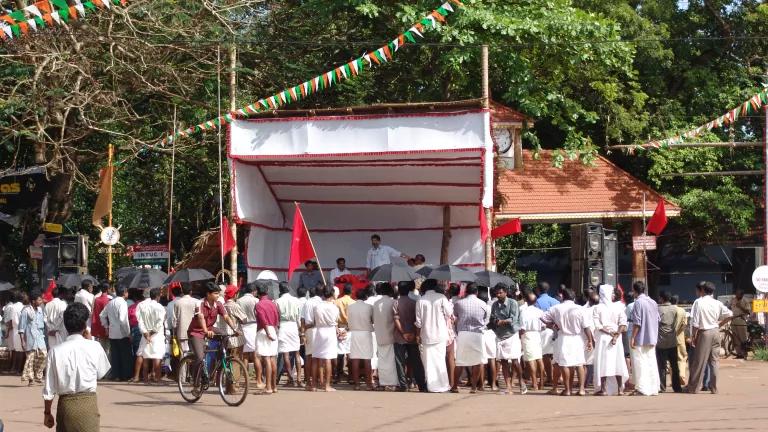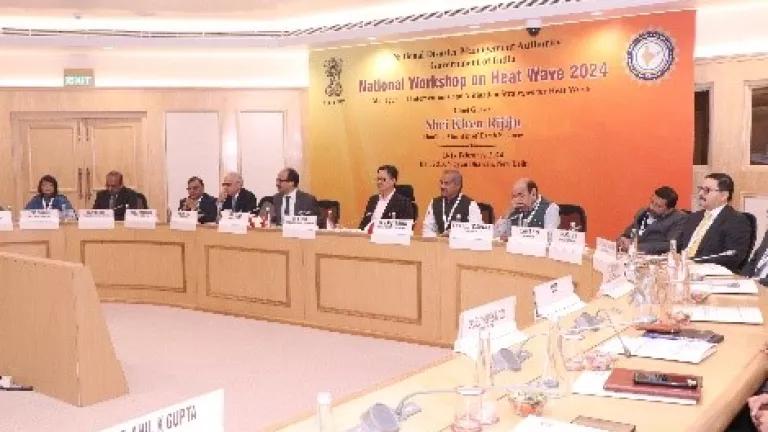
I arrived in India this week just as temperatures have started to climb. I have experienced my share of blistering heat waves in New York City, but those hot sticky days pale in comparison to summer in Western India. The state of Gujarat, for instance, can hit 115 degrees in May. The heat is dry and scorching, like stepping into an oven. The monsoon season brings some relief, but the rains make the air heavy with humidity.
Most people in the region are accustomed to the heat, but they are facing a new challenge: summers could grow even hotter as climate change intensifies. This isn’t just an inconvenience; it’s a matter of health and safety.
In 2010, a major heat wave struck Gujarat’s main city Ahmedabad. As the blistering heat wore on, heat-stressed people poured into hospitals, suffering from dehydration, heat stroke, and respiratory problems. Pediatric wards were especially crowded with patients, since heat takes a greater toll on babies and children. People living in slums were also hit hard. Heat-related illnesses increase by more than 50 percent for slum residents experiencing chronic diarrhea, infections, or other conditions.
The summer of 2010 a wakeup call. Like Hurricane Sandy in New York, the deadly heat wave revealed that Ahmedabad needs to better prepare for new levels of extreme weather.
Fortunately the city has risen to the challenge. Today it released a Heat Action Plan, making it the first South Asian city to create a comprehensive early-warning system and preparedness plan for extreme heat caused by climate change.
The Ahmedabad Municipal Corporation designed the plan based on scientific research conducted by NRDC and our partners. I am very proud of the role NRDC’s India Initiative has played in this project, because I know it will help save lives.
The Heat Action Plan will teach residents how to prepare for extreme heat, and create an early warning system to alert people when temperatures rise to dangerous levels. It will ensure that agencies are better coordinated to respond to dangerous heat waves. And it will educate medical workers on how to care for patients suffering from heat-related illnesses—including in those living in slums. Slum residents are especially vulnerable, since their shelters are often built of heat-trapping materials such as tin roofs or plastic tarps, and they have few places to escape the heat. Nearly ninety percent of employed slum residents, meanwhile, work outside in the summer and are exposed to the heat’s deadly power.
But if residents learn more about heat-related illness and if government agencies and medical institutions have a coordinated plan in place, everyone will be better prepared when temperatures spike. As Dr. Dileep Mavalankar, Dean of the Indian Institute of Public Health – Gandhinagar, explained, “You cannot build the well once the fire starts. You need to have already dug the well, bought the pump, and put everything in place beforehand. By planning ahead, we can prepare for heat waves before they hit and save many more lives.
Preparing for extreme heat will make Ahmedabad more resilient in the face of a changing climate. It will also make the city a global leader. Forbes named Ahmedabad one of the world’s fastest growing cities and one of the emerging powerhouses of the decade. By responding quickly to the challenge of rising temperatures, Ahmedabad is showing other cities around the world how to protect people and keep urban communities vibrant. I am sure other cities will follow its lead.



